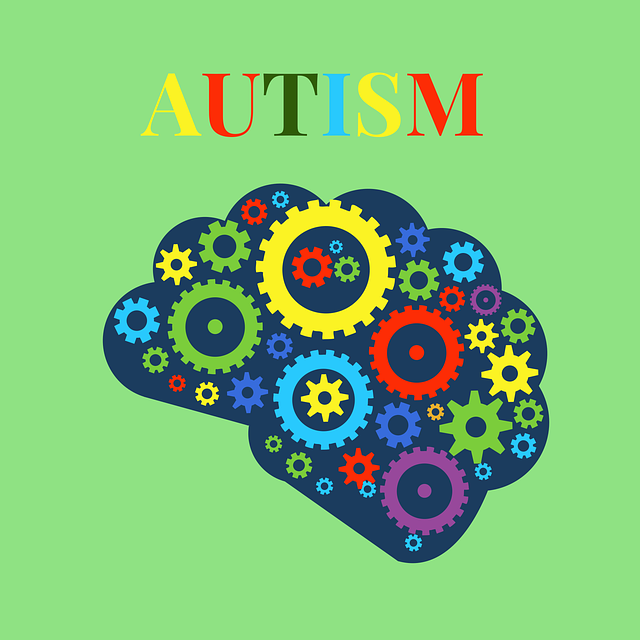What Is Autism?
Autism spectrum disorder (ASD), refers to a broad range of conditions characterized by challenges with social skills, repetitive behaviors, speech and nonverbal communication. According to the Centers for Disease Control, autism affects about 1 in 54 children in the United States today. In fact I was recently diagnosed with Type 1 Autism. This is commonly referred to as High Functioning Autism.
There are five different types of Autism. They are:
- Asperger’s Syndrome. …
- Rett Syndrome. …
- Childhood Disintegrative Disorder (CDD) …
- Kanner’s Syndrome. …
- Pervasive Developmental Disorder – Not Otherwise Specified (PDD-NOS)

Each one is a separate illness on its own even though they are all part of the ASD. According to the website Care.com, the following is a description of the Autism spectrum.
From learning differently to exhibiting unique behaviors in a social setting. Although Autism does tend to run in
families. There is no indication that it is hereditary. But ASD is considered to be a disability. There are a wide variety of signs your child might have autism Encompassing a broad, diverse spectrum of behaviors and abilities, autism affects an estimated 1 in 54 children in the United States today, according to the Centers for Disease Control & Prevention (CDC).
Understanding how the disorder is identified today is a key first step for any parent. While mental health care providers and pediatricians previously looked to the five types of ASD for a diagnosis, experts now support a different approach: one diagnosis known as Autism Spectrum Disorder (ASD).
Having autism also puts you in with some extremely well know company. There are some extremely well know celebrities with Autism. For example; Albert Einstein, Bill Gates, and Thomas Jefferson all had autism. Even Baron Trump has autism.
Information From The Autism Society
The Autism Society is here to empower individuals on the spectrum, support providers, and allies to take a  stand against bullying. The 3 R’s for Bullying Prevention: Recognize, Respond and Report, and Healing from Bullying for the individual with ASD are two useful resources available to provide insight into the implications of bullying and its residual impact on victims.
stand against bullying. The 3 R’s for Bullying Prevention: Recognize, Respond and Report, and Healing from Bullying for the individual with ASD are two useful resources available to provide insight into the implications of bullying and its residual impact on victims.
We are committed to promoting awareness and understanding about the dangers of bullying and helping all affected by ASD to combat its existence once and for all.
To connect with the organization at the pulse of bullying research and prevention – PACER’s National Bullying Prevention Center – go to pacer.org/bullying. People in need of immediate support and healing from bullying behavior can call our Autism Source Contact Center at 1- 800-3-AUTISM or visit autismsource.org.
About 1 percent of the world population has autism spectrum disorder. (CDC, 2014)Prevalence in the United States is estimated at 1 in 54 births. (CDC, 2020)More than 3.5 million Americans live with an autism spectrum disorder. (Buescher et al., 2014)Prevalence of autism in U.S. children increased by 119.4 percent from 2000 (1 in 150) to 2010 (1 in 68). (CDC, 2014) Autism is the fastest-growing developmental disability. (CDC, 2020)
Prevalence has increased by 6-15 percent each year from 2002 to 2010. (Based on biennial numbers from the CDC)
Autism services cost U.S. citizens $236-262 billion annually. (Buescher et al., 2014)
A majority of costs in the U.S. are in adult services – $175-196 billion, compared to $61-66 billion for children. (Buescher et al., 2014)
Cost of lifelong care can be reduced by 2/3 with early diagnosis and intervention. (Autism. 2007 Sep;11(5):453-63; The economic consequences of autistic spectrum disorder among children in a Swedish municipality. Järbrink K1.)
1 percent of the adult population of the United Kingdom has autism spectrum disorder. (Brugha T.S. et al., 2011)
The U.S. cost of autism over the lifespan is about $2.4 million for a person with an intellectual disability, or $1.4 million for a person without intellectual disability. (Buescher et al., 201
35 percent of young adults (ages 19-23) with autism have not had a job or received postgraduate education after leaving high school. (Shattuck et al., 2012)
It costs more than $8,600 extra per year to educate a student with autism. (Lavelle et al., 2014) (The average cost of educating a student is about $12,000 – NCES, 2014)
In June 2014, only 19.3 percent of people with disabilities in the U.S. were participating in the labor force – working or seeking work. Of those, 12.9 percent were unemployed, meaning only 16.8 percent of the population with disabilities was employed. (By contrast, 69.3 percent of people without disabilities were in the labor force, and 65 percent of the population without disabilities was employed.) (Bureau of Labor Statistics, 2014)